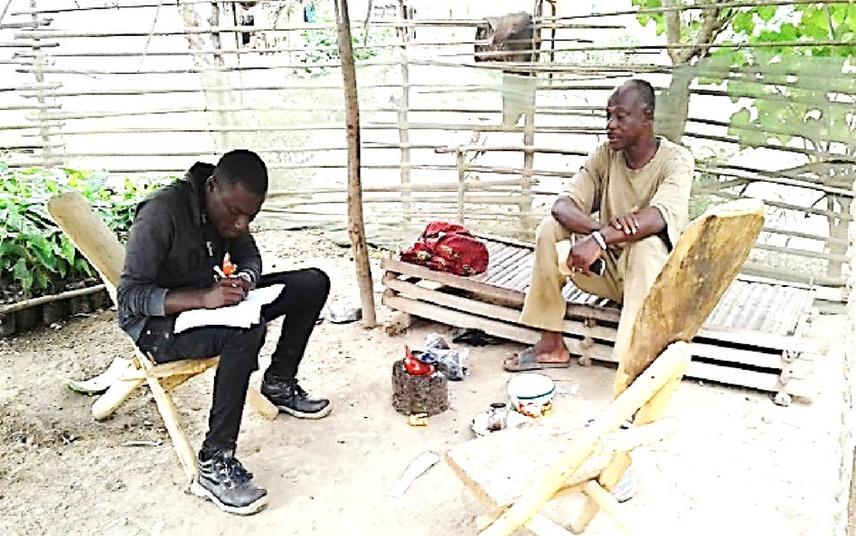Mian Pascal Brou
The common hippopotamus is an emblematic semi-aquatic species found inhabits 38 sub-Saharan Africa countries. The loss of its natural habitat and the reduction of its population led to its categorisation as "Vulnerable" by the International Union for Conservation of Nature (IUCN) in 2008. The hippopotamus remains under threat from poaching for the ivory trade, illegal gold panning which destroys the quality of its habitat, particularly aquatic, and also from reprisals in the context of human-wildlife conflicts. In Côte d'Ivoire, cases of human-hippopotamus conflicts have increased in recent years, particularly in areas near the Bandama river in the Toumodi department in the centre of the country. These human-hippopotamus conflicts are mainly materialised by the destruction of crops along the river during the night, the destruction of fishing materials (boats, nets) when hippopotamuses move in the river and attacks by these large mammals on humans. Thus, the means of prevention and management are non-existent or inadequate. This increases the vulnerability and even the survival of this species in the waterways where they live, both inside and outside protected areas.

Survey of a fisherman. © Team member.
The conservation of this species therefore remains problematic for wildlife managers in Côte d'Ivoire. Thus, in order to build a sustainable management mechanism for populations of the common hippopotamus residing outside protected areas, it appeared crucial to update and even strengthen scientific knowledge on the behaviour and ecology of this species. The present project was initiated to update this scientific evidence in order to sustainably conserve these emblematic mammals.
The main objectives are:
(i) to determine the range of hippopotamus on the banks of the Bandama River, influencing the risk of human-hippopotamus conflicts,
(ii) to determine the period of hippopotamus activity and their movements,
(iii) to characterise the demographic structure of hippopotamus.
(iv) to assess the interactions between local communities and the common hippopotamus.
To achieve these objectives, we will use reconnaissance survey methods (RECCE) and camera traps to collect data in the field and interview local communities, in particular farmers who have their plantations near the river and fishermen.